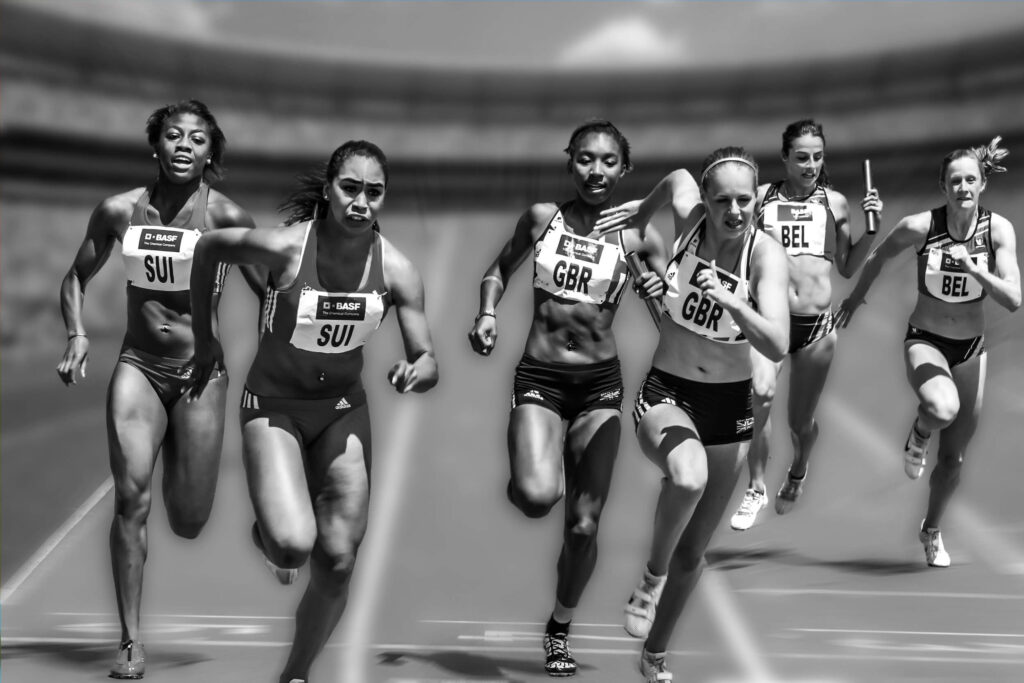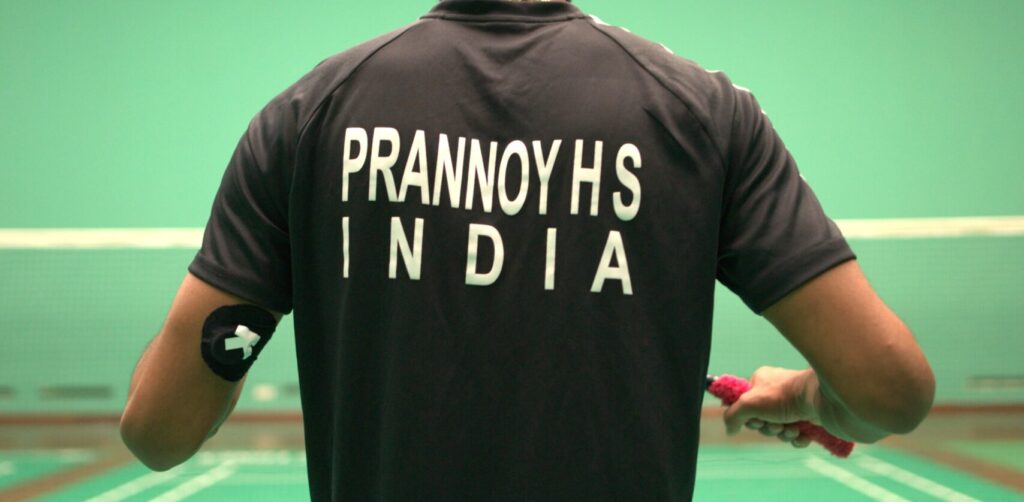Mental imagery represents sensory states such as visual, auditory, olfactory, taste, and proprioceptive states (state of being connected to movement and posture of the body and its physiology).
It is a mental training technique used by productive people to prepare for action by repeating and training their thoughts, feelings, and behaviours to improve their performance and well-being.

Highlights
- Mental imagery is the mental representation of sensory states such as visual, auditory, olfactory, taste, and proprioceptive states (state of being connected to movement and posture of the body and its physiology),
- It is used effectively in a variety of settings, including psychology, sports psychology, psychotherapy, and remedial education. Mental imagery is used in cognitive-behavioural therapies in psychiatry, particularly for post-traumatic stress disorder (PTSD) and social phobia,
- You can learn to use mental imagery by practising it every day. Begin by visualising yourself in a specific situation. For example, imagine you’re participating in a sport like football. Visualising yourself playing before each game can help you improve your performance, confidence, control, and mental awareness while injured.
It is used effectively in a variety of settings, including psychology, sports psychology, psychotherapy, and remedial education. Mental imagery is a scientifically proven technique that uses images to maximize the brain’s potential. Imaging has an impact on more than just the muscles, causing cardiovascular and respiratory responses.
Benefits
There are numerous reasons to employ mental imagery. It allows you to:
- Mentally prepare for a future situation
- Accomplish a specific goal
- Anticipate potential future stress
- Adapt to or master difficult circumstances
- Accelerate the healing process
- Reduce and control stress.
- Modify or improve a behaviour
- Improve or develop specific skills

Science
The brain changes when we physically learn to do an action or a task. Mental imagery is a cognitive process that activates neuronal and behavioural responses similar to actual experience by stimulating the same brain areas involved in the unconscious planning and execution of movements. Neural connections are strengthened, new connections are formed, and old cells are removed.
Mental imagery is a scientifically proven technique that uses images to maximize the brain’s potential. It has been demonstrated using brain imaging techniques such as PET-Scans with radiotracers and functional MRIs (fMRI) that the same regions of the brain are activated when we experience a real-life situation as during a mental imagery exercise and that the regions related to retinotopy (peripheral and/or central vision) are stimulated.
Imaging has an impact on more than just the muscles, causing cardiovascular and respiratory responses. For e.g. your heart rate increases, and your breathing becomes short and shallow as you vividly imagine tomorrow’s stressful meeting. The neural activity that occurs when you see, hear and smell things in visual, auditory, and olfactory imagery is functionally equivalent to an experience that can be registered in the memory.
Vividly imagining something activates the same neural process that kicks in when you actually see/experience it with your senses in reality. In short, the brain cannot distinguish between what it actually experiences and what it imagines. This is a grey area that we can take advantage of.

Actionables
When information is imagined or perceived, the brain processes it in the same areas. Mental imagery is critical for problem-solving and performing better in situations that require physical or mental exercise.
Mental images are a simplified representation of the cognitive task’s content. The anticipatory role of reasoning is critical in problem-solving, where the goal is to arrive at a solution from a given starting point. As a result, using visual images to solve problems can lead to significant success.
Three different experimental procedures are used in this chapter to generate a visual representation of the problem elements:
(1) problem presentation with illustrative pictures,
(2) problem presentation with instructions to mentally visualize the scene described
(3) previous instructions to mentally visualise and freely elaborate on the problem situation and subsequent problem presentation.
Visualisation can be used to solve problems both after and before they are presented. After the problem has been posed, representations of visual form can be used to simulate the situation and mental transformations described in the problem. In this way, familiar but misleading reasoning strategies can be replaced with new and productive thinking directions that avoid the ‘traps’ created by the verbal formulation.
Conclusion
You can master the use of mental imagery by practising it every day. Start by dealing with the problems that arise throughout the week. Visualising yourself in a specific situation. For example, imagine your next game of football. Visualising yourself playing before each game can help you improve your performance, confidence, control, and mental awareness while injured. You can also see how an object or people appear from various perspectives [8]. A quiet space or room may be used to calm down and allow yourself to become accessible to what you want to visualise or accomplish for a longer, more intense visualisation.
Disclaimer: The contents of this article are for general information and educational purposes only. It neither provides any medical advice nor intends to substitute professional medical opinion on the treatment, diagnosis, prevention or alleviation of any disease, disorder or disability. Always consult with your doctor or qualified healthcare professional about your health condition and/or concerns and before undertaking a new healthcare regimen including making any dietary or lifestyle changes.
References
- The uses of mental imagery in athletics: An overview – ScienceDirect
- Mental imagery in emotion and emotional disorders – ScienceDirect
- Mental Imagery in the Science and Practice of Cognitive Behaviour Therapy: Past, Present, and Future Perspectives | SpringerLink
- Brain areas underlying visual mental imagery and visual perception: an fMRI study – ScienceDirect
- Neural foundations of imagery | Nature Reviews Neuroscience








